
Telescope: Meade 12” LX850 ACF @ f/8, Orion Atlas EQ-G
Camera: ZWO ASI071 MC Pro, -10C, Gain 200
Filter: Orion Imaging Skyglow Filter
Guide scope: Astro-Tech 60mm, ASI290MM Mini, PHD2
Exposure: 21x240sec, saved as FITS
Darks: 32x240s, saved as FITS
Flats: 32×0.02sec, Tee shirt flats taken at dusk
Average Light Pollution: Bortle 8, poor transparency, haze, good seeing
Lensed Sky Quality Meter: 18.3 mag/arc-sec^2
Stacking: Mean with a 2-sigma clip.
White Balance: Nebulosity Automatic
Software: Nebulosity, Deep Sky Stacker, Photoshop
This has got to be one of the most remarkable objects I have ever imaged. This small field, measuring about ½ degree wide, lies in the constellation of Lynx which is rising in the northeast this time of year. The field is sprinkled with galaxies as faint as magnitude 17 that appear as little smudges of various sizes and shapes. But the most remarkable object is the tiny red 15.2 magnitude ‘star’ at the center, only this isn’t a star, it’s a quasar; radiation from the accretion disk of a supermassive black hole at the core of an ancient galaxy that formed when the Universe was young. APM 08279+5255, the most distant object visible in amateur telescopes with an estimated distance of 12 billion light years, 87% of the way back towards the birth of the Universe itself! To put it in perspective the Universe is estimated to be 13.8 billion years old and the light from this object has been traveling for 12 billion of those years. The sun is young by comparison, only 4.6 billion years old. When the sun was born the light from this quasar had already been traveling for 7.4 billion years. The color is also fascinating. It appears red, but it’s not, it’s really a brilliant blue-white. This object is receding from us at such a great speed that its color has been red-shifted from blue, all the way across the visible spectrum to red.
APM 08279+5255 is currently well placed in the northeast after sunset and is high overhead by midnight. Although quite faint, APM 08279+5255 is certainly within the reach of large telescopes, even from suburban skies. This would make a fascinating visual target. It would be quite something to see 12 billion year old photons!

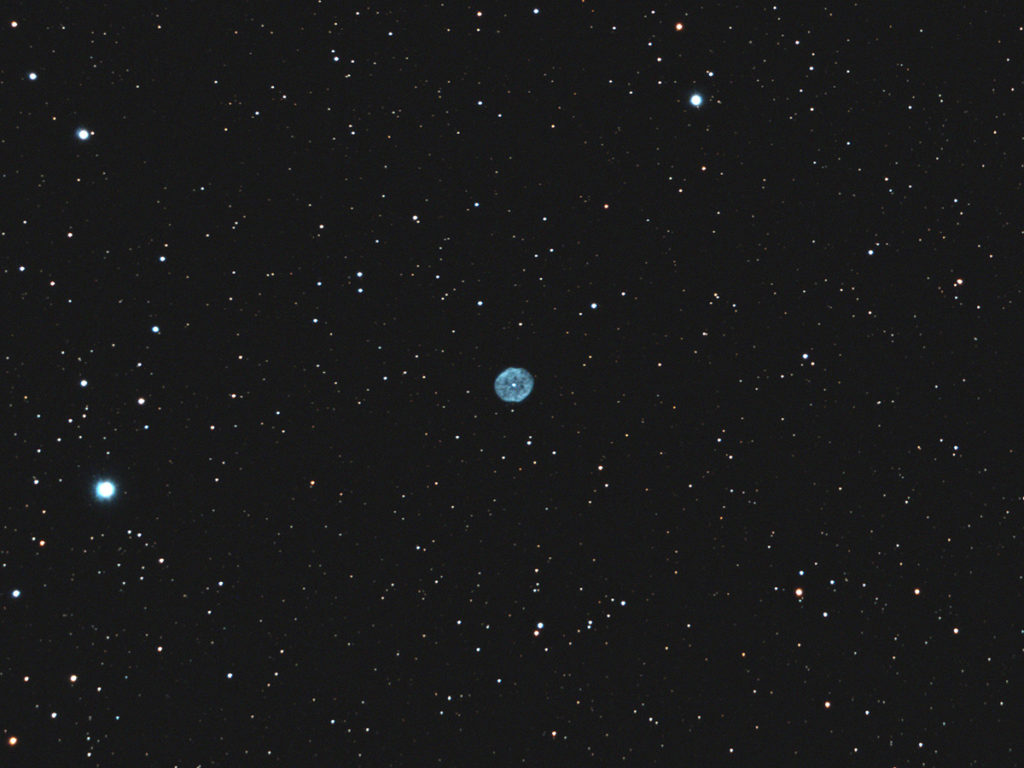
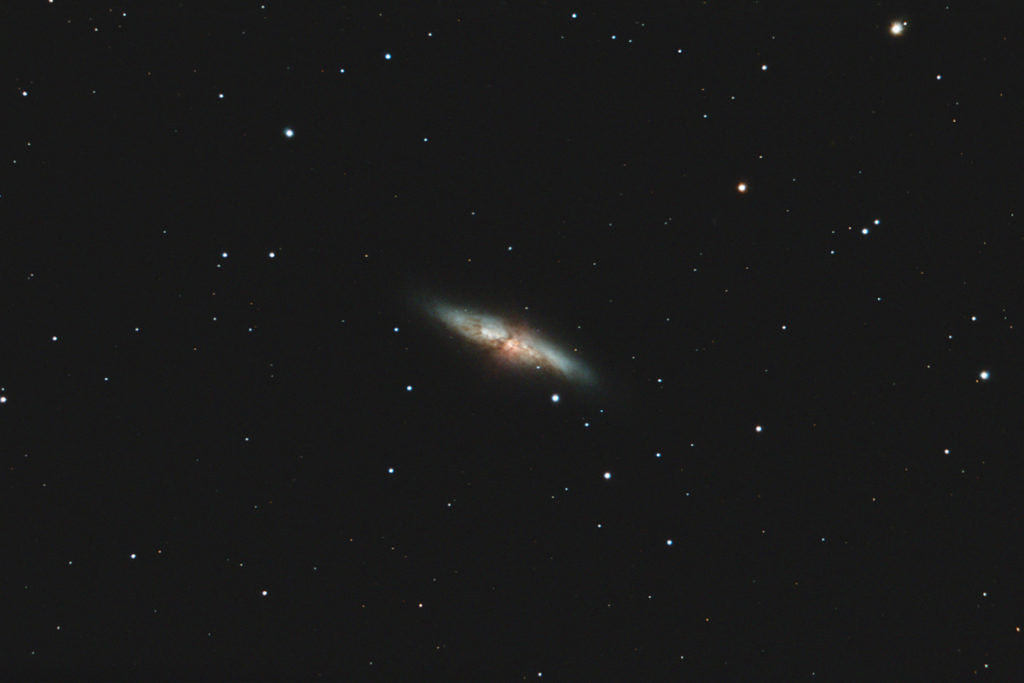

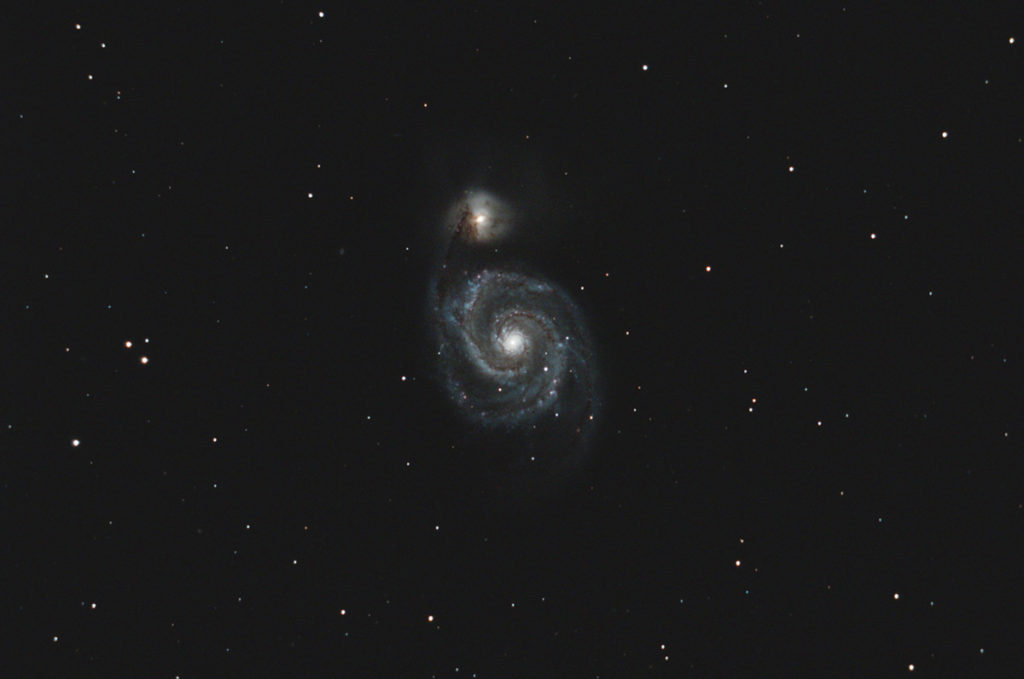

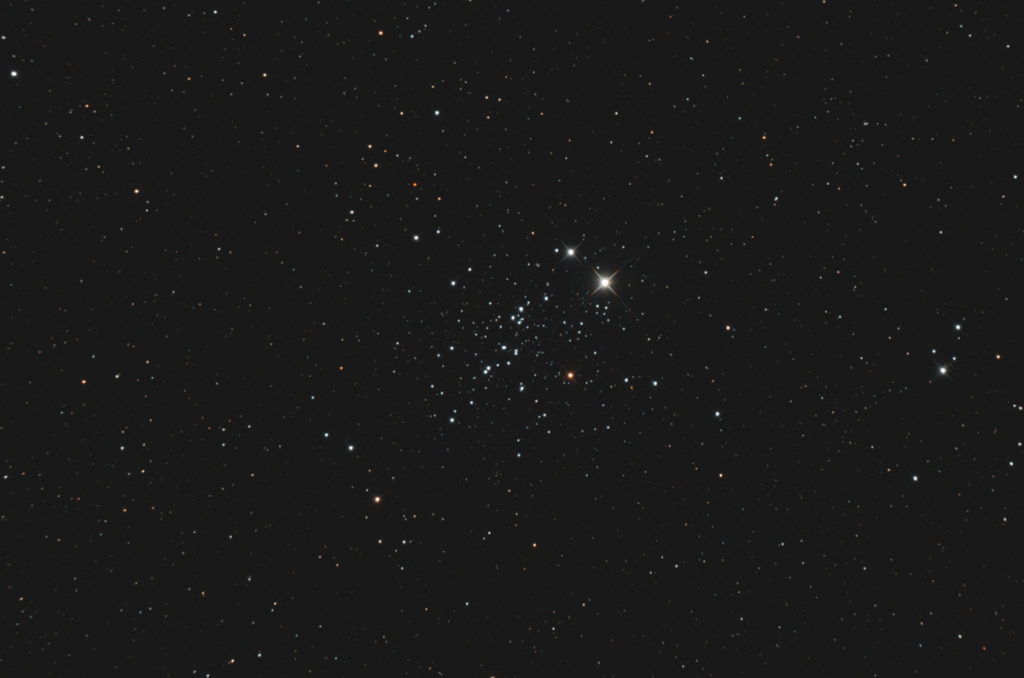
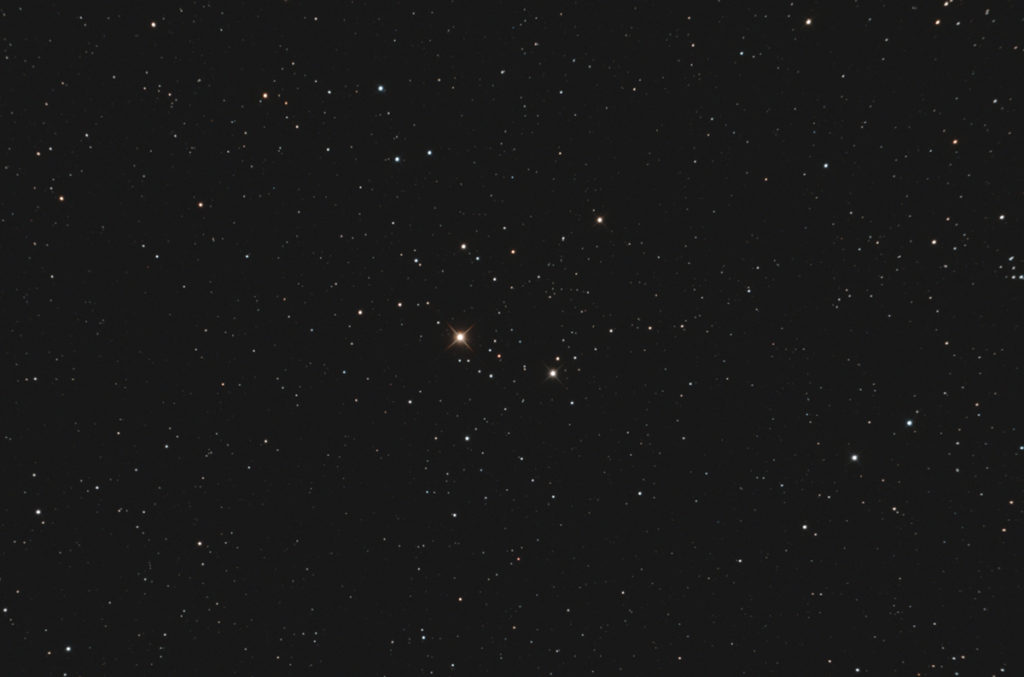
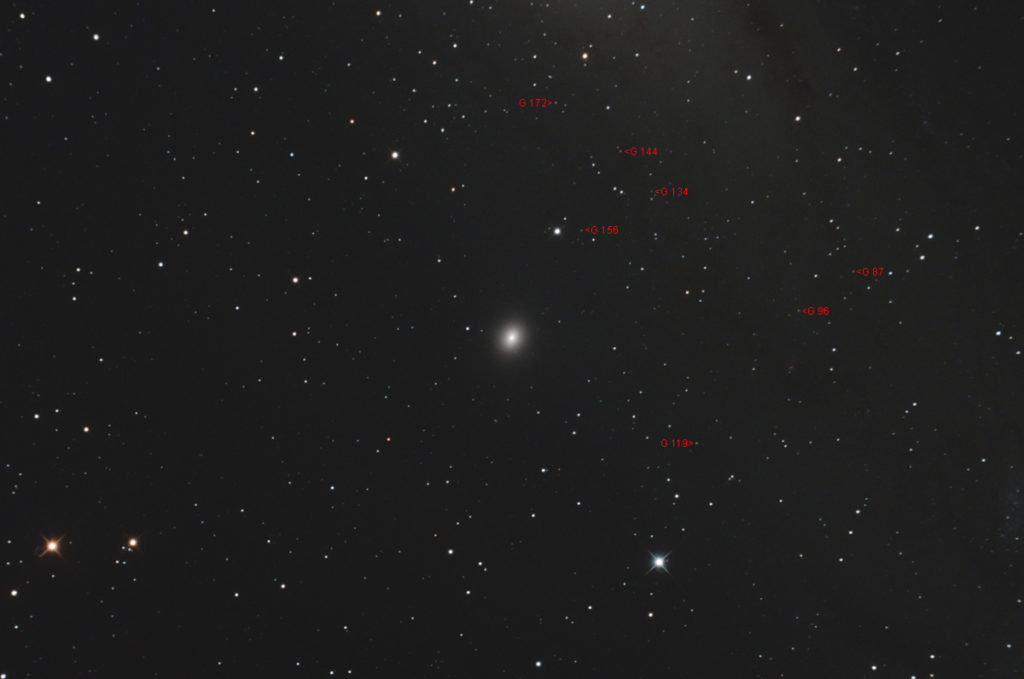
Recent Comments